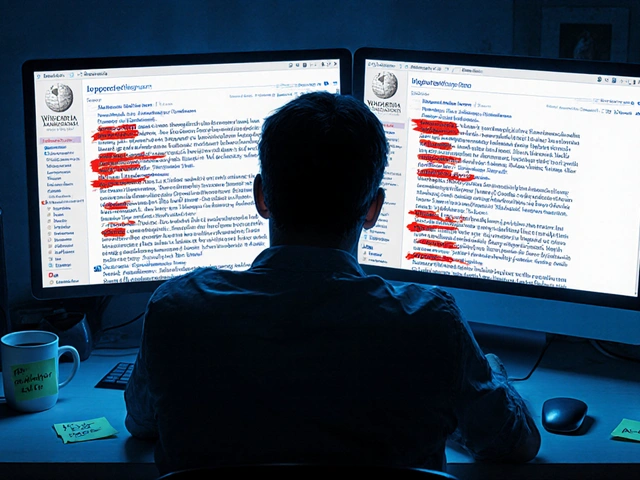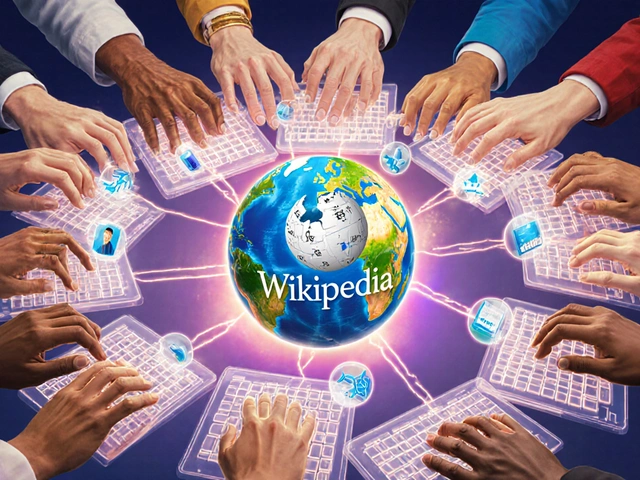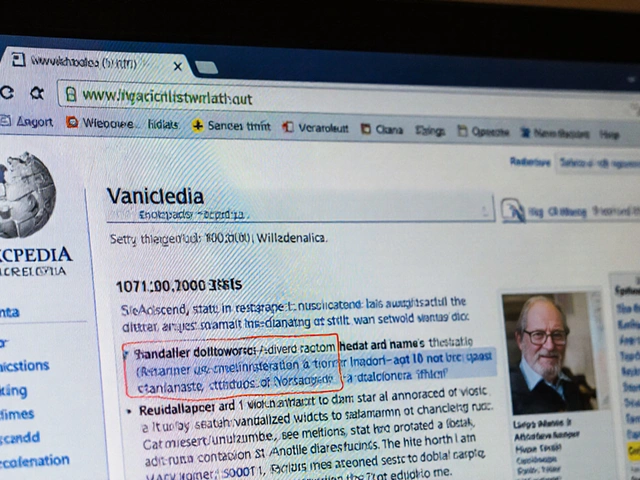Wikipedia facts: How the world's largest encyclopedia really works
When you look up a Wikipedia fact, a piece of verified information assembled by volunteers using public sources and strict editorial rules. Also known as crowdsourced knowledge, it's not just a collection of answers—it's a living system built on policies, not opinions. Most people think Wikipedia is just a big list of facts, but the real story is how those facts get there—and who makes sure they stay accurate.
Behind every Wikipedia fact is a Wikipedia policy, a mandatory rule that guides how content is added, checked, and maintained. These aren't suggestions—they're the backbone of reliability. For example, the reliable sources, published materials like books, academic journals, and reputable news outlets that must back up every claim rule means you can't just write something because it feels true. You need proof from outside sources. That’s why a celebrity’s Instagram post doesn’t count, but a major newspaper’s obituary does. And when editors disagree? They don’t fight—they build consensus using Wikipedia community, the global group of volunteers who review edits, fix errors, and defend the encyclopedia from vandalism and bias. This isn’t magic. It’s a process, repeated millions of times, day after day.
Wikipedia facts don’t appear out of nowhere. They come from people who care enough to dig through archives, track down citations, and rewrite confusing paragraphs. The Wikipedia facts you see today were likely debated, revised, and approved by someone who didn’t get paid to do it. That’s why Wikipedia still beats AI-generated encyclopedias in trust surveys—it’s transparent, traceable, and human-made. You can see every change, every source, every argument that led to the final version. That’s not something an algorithm can replicate.
What you’ll find below is a collection of deep dives into how this system actually works. From how copy editors clear thousands of stalled articles to how Indigenous voices are being added after decades of silence, these stories show the real people and rules behind the facts. You’ll learn how to spot when a Wikipedia edit is trustworthy, why some major events get ignored, and how volunteers keep the site running without ads or corporate cash. This isn’t about what Wikipedia says—it’s about how it knows what to say.
How Wikidata Connects Facts Across Multilingual Wikipedia Articles
Wikidata connects consistent facts across all language versions of Wikipedia, letting editors update data once and have it reflect everywhere. It powers accuracy, equity, and automation in multilingual knowledge sharing.







